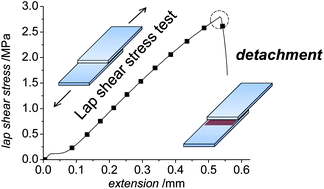Adhesive nanostructured multilayer films using a bacterial exopolysaccharide for biomedical applications
Abstract
Medical adhesives and sealants often require that long-term adhesiveness is achieved. In this work, nanostructured coatings consisting of


 Please wait while we load your content...
Please wait while we load your content...